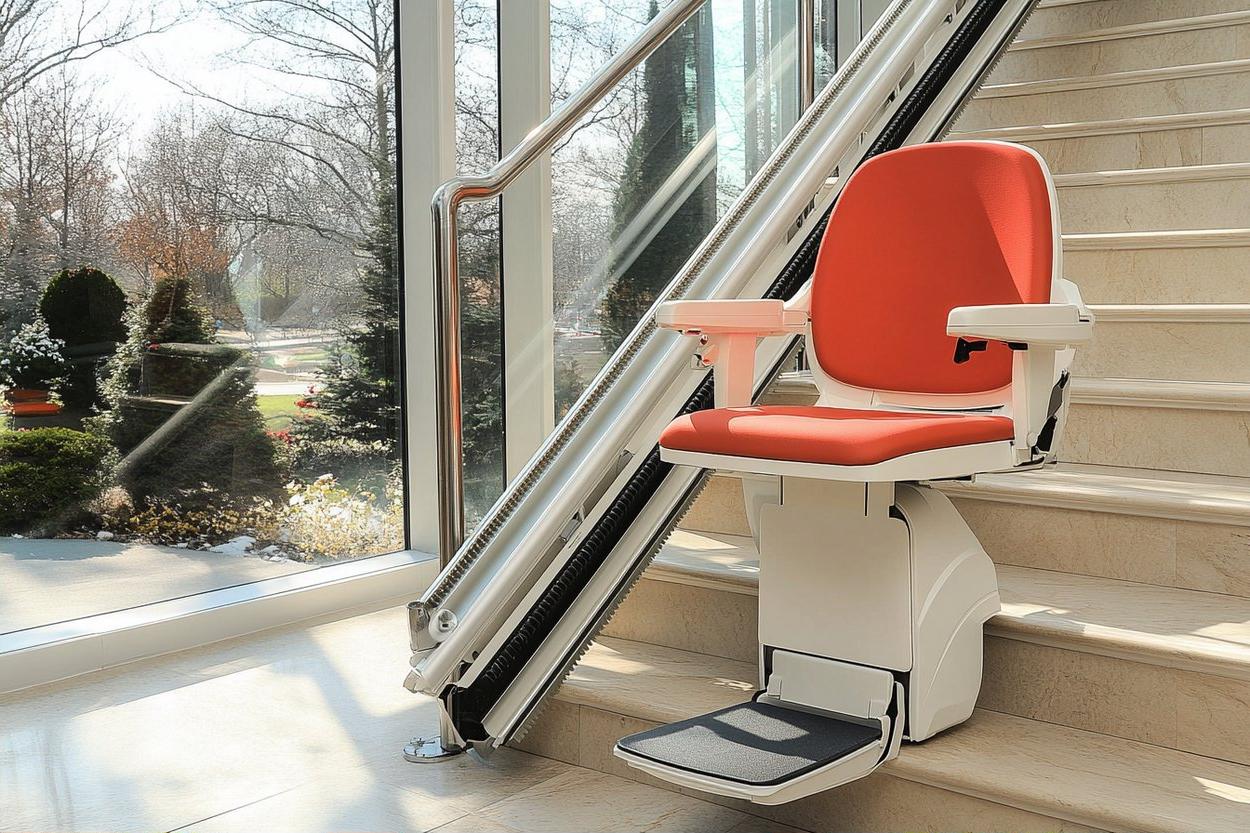How to Choose the Best Mobility Scooter for Your Needs
The right mobility scooter can help you move through daily life with greater ease, but choosing one involves more than picking a model you’ve seen advertised. Factors like your terrain, travel distance, comfort needs, safety features, servicing support, and budget all shape the decision. This guide breaks down the key points so you can compare options with confidence.

Selecting a mobility scooter is about matching a machine to your body, your routine, and your environment. Rather than chasing features, focus on what you need to do each day—shopping, visiting friends, navigating tight hallways, riding over uneven sidewalks, or packing the scooter into a car. Consider where you ride, how far you go, and how much weight the scooter will carry, including you and any bags. This article is for informational purposes only and should not be considered medical advice. Please consult a qualified healthcare professional for personalized guidance and treatment.
Assess your mobility and environment
Start by mapping your daily routes. Indoors or in small apartments, a compact travel scooter with a tight turning radius helps in narrow corridors and doorways. If you regularly use public transport or cars, prioritize portability: lighter frames, quick-fold or disassembly, and manageable component weights. For outdoor use, think about curb cuts, rough paths, and hills. Larger wheels, suspension, and higher ground clearance improve comfort on uneven terrain. Check climate and storage conditions too—extreme heat, cold, or moisture affect batteries and materials, so sheltered storage is helpful.
Compare range, speed and capacity
Manufacturers list range under ideal conditions. Real-world range depends on rider weight, terrain, tire type, temperature, and average speed. Travel scooters often manage about 10–20 miles (16–32 km) per charge, while mid-size or heavy-duty models may reach 20–40 miles (32–64 km). Typical max speeds span 4–8 mph (6–13 km/h), and local regulations may cap speed in public areas. Weight capacity varies widely, from around 250 lb (113 kg) to 500 lb (227 kg). Exceeding capacity reduces performance and safety. Battery chemistry matters: sealed lead-acid is common and cost-effective; lithium packs are lighter and charge faster but increase price.
Comfort, controls and accessibility
Comfort affects how long you can ride without fatigue. Look for seat width and depth that fit your body, adequate padding, adjustable armrests, and a swivel seat for easier transfers. Suspension, pneumatic tires, and higher ground clearance smooth out cracks and cobbles. Controls should match your grip strength and dexterity; a delta tiller is helpful if you have limited hand mobility. Check throttle responsiveness, brake modulation, and display readability in bright sun. Useful additions include front and rear lights, indicators (where available), a horn, storage baskets, and USB charging. Try a test ride to confirm posture, visibility, and ease of mounting and dismounting.
Safety, maintenance and reliability
Core safety features include electromagnetic brakes that hold on slopes, anti-tip wheels, reflectors or lights, and stable wheelbase geometry. Evaluate stability on ramps and cambered paths. For maintenance, build a simple routine: charge batteries after use, avoid deep discharges, keep tires inflated to spec, and inspect fasteners, cables, and brakes monthly. Store the scooter dry and avoid extreme temperatures to protect electronics and batteries. Reliability often correlates with established brands and readily available parts. Check whether local services in your area can supply spares, perform annual checks, and handle warranty claims. Review manuals for transport and airline policies if you travel.
In practice, budget, warranty and purchase options shape the final decision as much as features. Expect higher prices for longer range, suspension, larger wheels, and lithium batteries. Compare written warranty terms for the frame, electronics, and battery, and verify service coverage in your area. Consider refurbished units from reputable dealers, short-term rentals to validate fit, and return policies that allow for a proper trial period.
Below are examples from established providers to illustrate typical pricing for popular categories. Actual costs vary by region, configuration, and retailer.
| Product/Service | Provider | Cost Estimation |
|---|---|---|
| Go-Go Elite Traveller 4-Wheel | Pride Mobility | $900–$1,200 |
| Scout Compact Travel Scooter | Drive Medical | $700–$900 |
| Buzzaround EX 4-Wheel | Golden Technologies | $1,600–$2,100 |
| Afiscooter S4 | Afikim | $3,500–$5,000 |
| Transport AF+ (auto-fold) | EV Rider | $1,800–$2,200 |
Prices, rates, or cost estimates mentioned in this article are based on the latest available information but may change over time. Independent research is advised before making financial decisions.
A careful, step-by-step assessment usually yields the best match: define your routes and surfaces, choose a size that fits your spaces, confirm range and capacity for your body and cargo, and prioritize the comfort and controls that help you ride confidently. Balance those factors against service availability, warranty coverage, and a budget that accounts for accessories and maintenance. With a realistic checklist, the right scooter becomes a reliable partner in everyday mobility.




